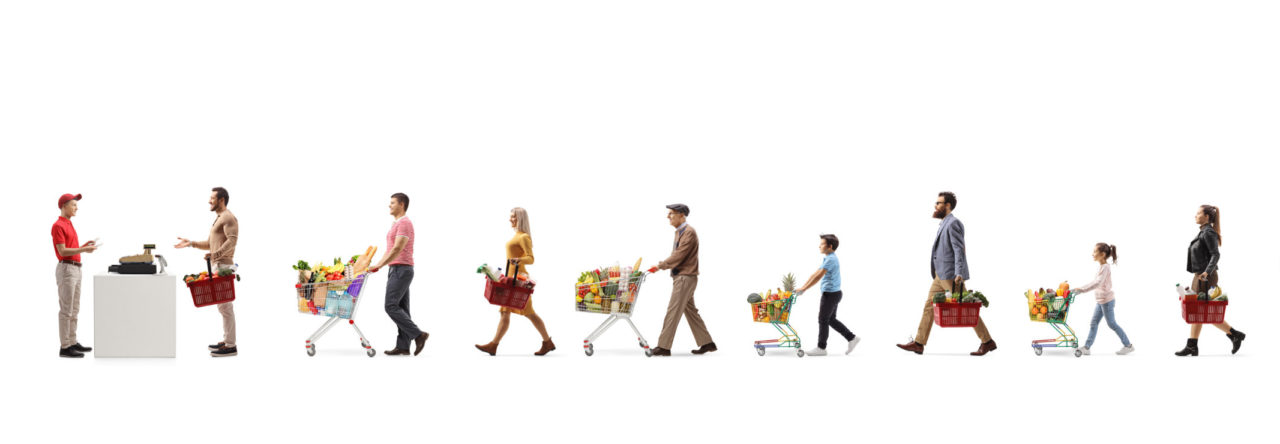
#338: You can go broke making a profit.
Profit is the revered (and maligned) objective of retailing—the elusive reward for hard work and services well-performed, as well as the ultimate score in the competition to meet customers’ needs. An experienced retailer rarely forgets his profit focus.
But profit doesn’t pay the bills—cash flow does. Until profit becomes liquid, it does nothing to meet our obligations to the landlord, the utility company, our suppliers, and our employees, not to mention our families.
Turning away profit is not in the character of a retailer. Yet, if enough of that profit gets stuck in inventory, receivables, equipment, facilities, or any of the other myriad investments of retail, we can’t pay our bills.
Bankruptcy doesn’t mean unprofitable—it means not enough cash to meet obligations.

#339: Profit is often an illusion; cash flow is fact.
There’s a lot of play in an income statement; even within the rules of accounting, a creative retailer or accountant can make it say almost anything he wants, at least for a while.
Cash isn’t so nebulous. It’s either in the bank or it isn’t. The store can either pay its bills or it can’t. Investors can either be repaid or more investment must be sought.
With profit-and-loss you can change the tune; with cash flow you have to face the music.

#340: Taking a loss is only a sickness; running out of cash is the fatality.
Losses are depressing; nobody likes to go backward. We resent the effort and investment that not only didn’t produce rewards but depleted equity.
But losses don’t force us out of business; running out of cash does.
A store with cash flow has the luxury of time. It can think through its plans and strategies, make adjustments, experiment, wait out downturns, invest against the cycles, build to meet long-term projections, and even bet against the odds.
As long as cash is available, the store can continue—regardless of profit or loss.

#344: A cash flow projection is a feasibility study.
No significant project, investment, or financial plan can be wise without consideration of its effects on cash.
Expansions, new ventures, added locations, staff additions, etc., often have exciting potential for profit, but their allure is a dangerous trap if the store can’t afford their cash flow implications.
A retail cash flow projection calculates how much of an opportunity a store can afford, how and how long a retailer can endure a downturn or a competitive threat, when and how much creditors and investors can be repaid, and when owners can (finally) take out some accumulated profit.

#346: Growth in retailing doesn’t produce cash, it consumes it.
Retailers love growth. When we ask, “How’s business?” we mean, “Are sales up or down?” Up a little is good; up a lot is better. Like gluttons and addicts, we crave all the sales we can get. Turning sales away is irrefutable evidence of insanity.
Ironically we’d be in deep trouble if we got all the sales we wanted—helpless victims of compulsive suicide.
Retail growth is expensive. Additional inventory must be purchased, sales and office facilities expanded, fixtures added, leasehold improvements made, employees hired and trained, receivables expanded, ….
Cash rarely flows in with growth in retailing—it flows out. Added sales seldom repay their investments quickly; growing is a long-term investment. Meanwhile leverage creeps up, making the expanding retailer increasingly vulnerable.
More than a few profitable retailers have been victims of their own success, growing themselves into financial trouble and occasionally even extinction.
Previous: Accounting
Next: Bankers
Retail Truths is available in print and Kindle at Amazon.com
